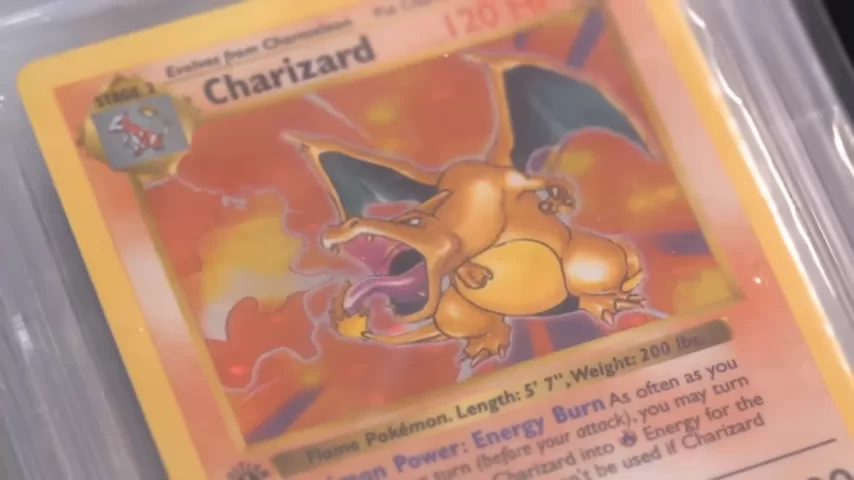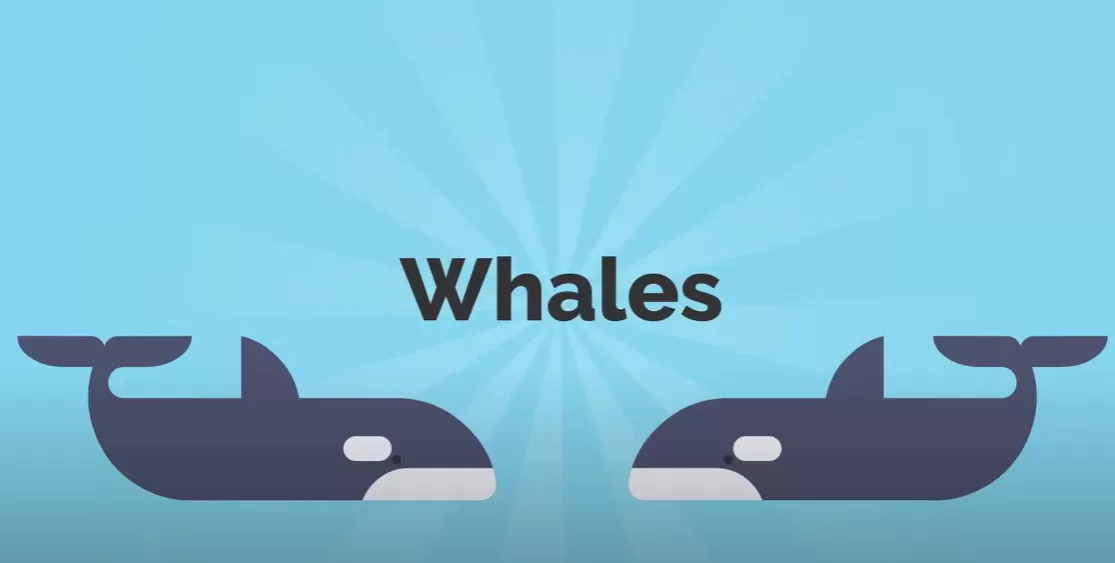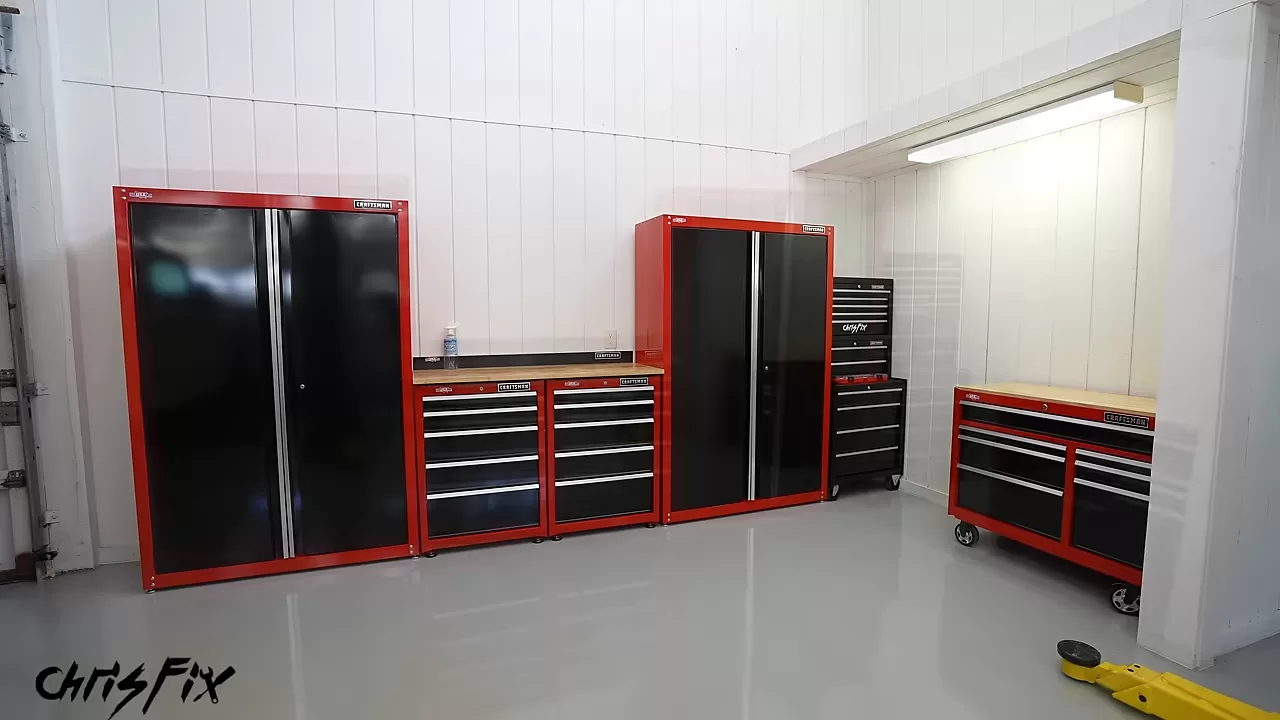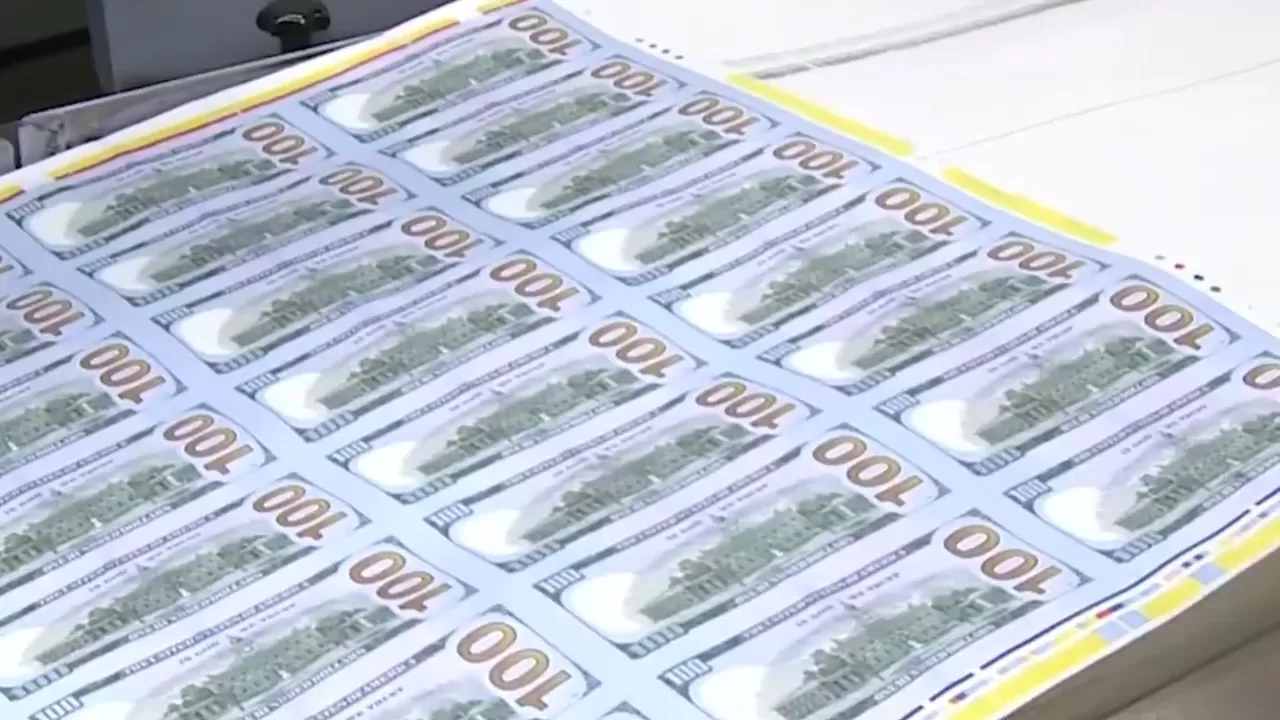What happens when childhood nostalgia meets hardcore collecting? In some cases, it can lead to a six-figure windfall. That’s exactly what unfolded when a longtime Pokémon enthusiast walked into a pawn shop with a suitcase full of Charizard cards—the most coveted character in the Pokémon universe.
“They’re all Charizards,” he said casually, setting down stacks of graded cards. “Charizard is the number one Pokémon guy.”
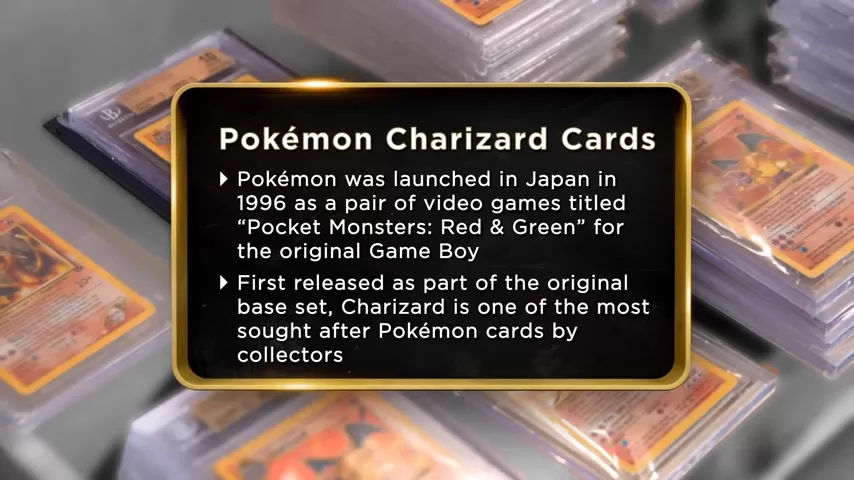
And he wasn’t kidding.
From Playtime to Pricetag
The seller wasn’t some kid cashing in on a childhood phase. He’d been collecting Pokémon for over 17 years, continuing the hobby long after his sons had moved on to college and careers.
“They grew up. I didn’t,” he laughed. “So I kept collecting.”
What started as a bonding experience turned into a carefully curated portfolio of ultra-rare, high-grade cards—including multiple first-edition Charizards, many graded Pristine 10 by Beckett Grading Services (BGS), one of the harshest evaluators in the trading card world.
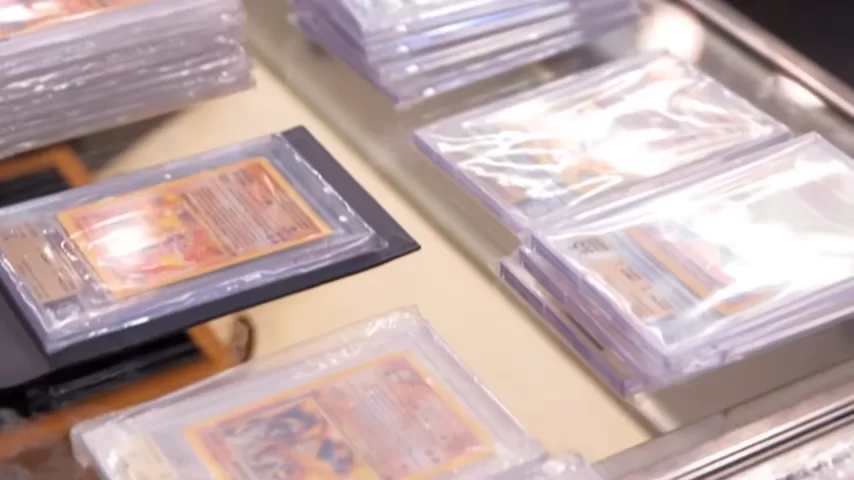
Wait—What’s a Charizard?
For the uninitiated (like the shop owner, who called it “Pokey Man”), Charizard is a fire-breathing dragon-like Pokémon and one of the most powerful and beloved characters in the franchise. First introduced in the late 1990s, Charizard quickly became the crown jewel of the original Pokémon Trading Card Game.
“Even people who don’t play Pokémon know who Charizard is,” the expert explained. “He’s the Holy Grail of the Poké-verse.”
In particular, the 1999 Base Set 1st Edition Holo Charizard is the card. If graded a PSA 10 or a BGS 10, it’s often valued north of $50,000, and sometimes much higher depending on condition and market trends.
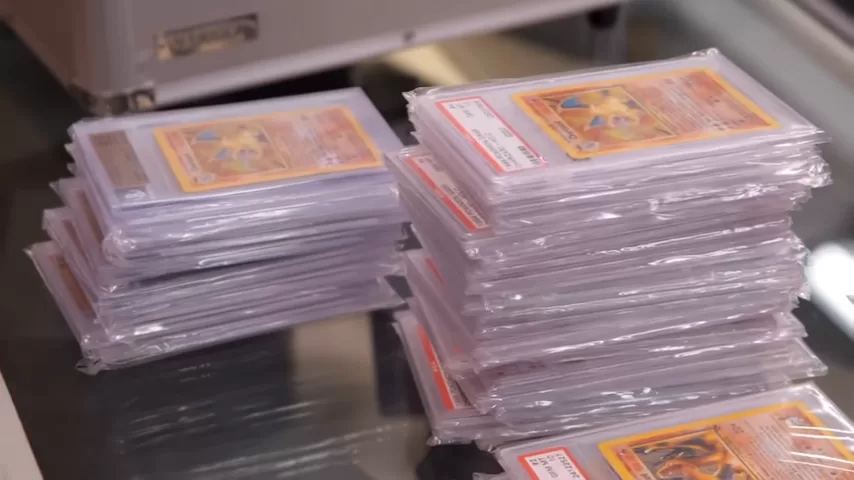
A Collection Like No Other
This wasn’t just one card. This was an entire Charizard army. Dozens of high-end, gem-mint and pristine graded cards were stacked neatly in cases. Some were Beckett-graded tens—so rare, in fact, that less than 50 exist globally for certain editions. One card in the pile was the only one in existence graded at a 10. That one alone was valued between $30,000 and $40,000.
“You have 20% of the market just sitting here,” the expert said, practically in awe.
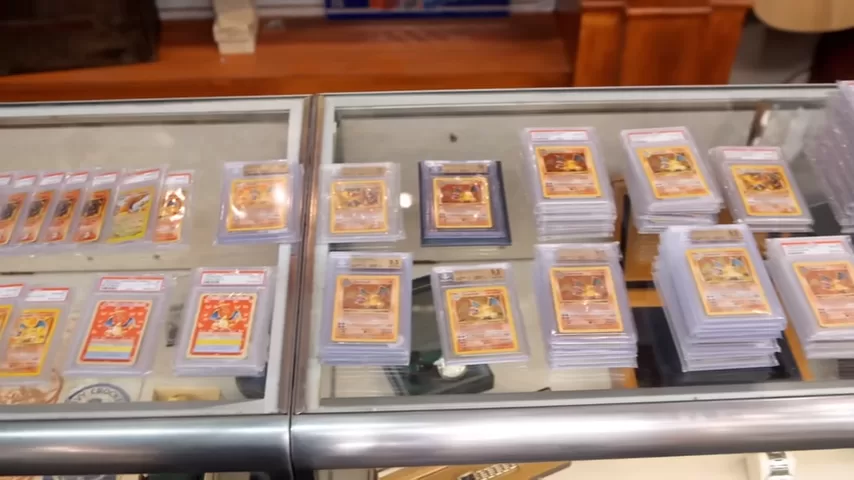
Every card was authenticated, slabbed, and preserved in museum-worthy condition. Together, they formed what might be one of the most complete high-grade Charizard collections ever seen outside of an auction house.
The Appraisal: Not Child’s Play
After carefully evaluating the cards, factoring in rarity, grade, and recent sales, the expert issued a stunning verdict:
“The whole collection, conservatively—$380,000 to $390,000.”
Even the usually stoic shop owner was stunned.
“I still don’t know the difference between a Pokeman and a Charizard,” he joked.
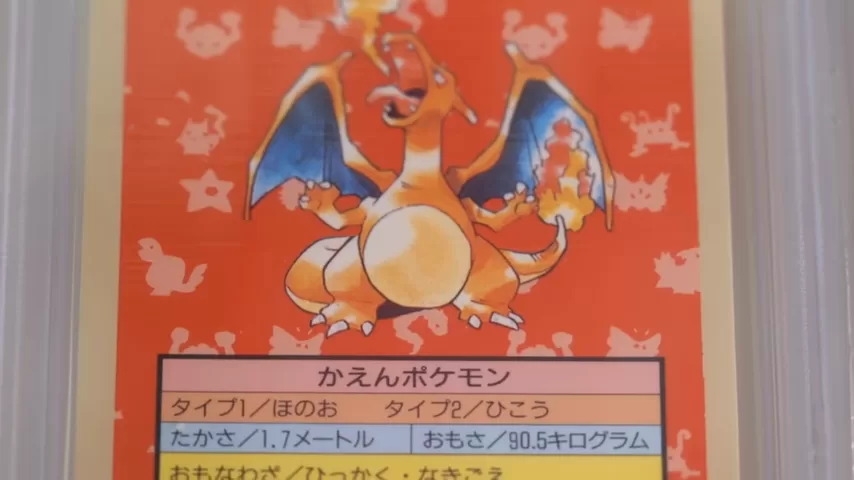
And while the seller was hoping for $500,000, the appraisal still validated the years he spent building his collection.
The Deal That Wasn’t
Despite the jaw-dropping value, the pawn shop declined to make an offer—not because the cards weren’t real or valuable, but because they didn’t understand the market.
“I don’t even know what a Charizard does,” the owner admitted. “I can’t have a conversation with a buyer about these.”
It was a rare moment of humility in the collectible world: knowing what you don’t know. High-value Pokémon cards, like fine art or rare wine, require expertise to sell—and when you’re dealing with nearly $400,000 worth of cardboard, you need the right clientele.
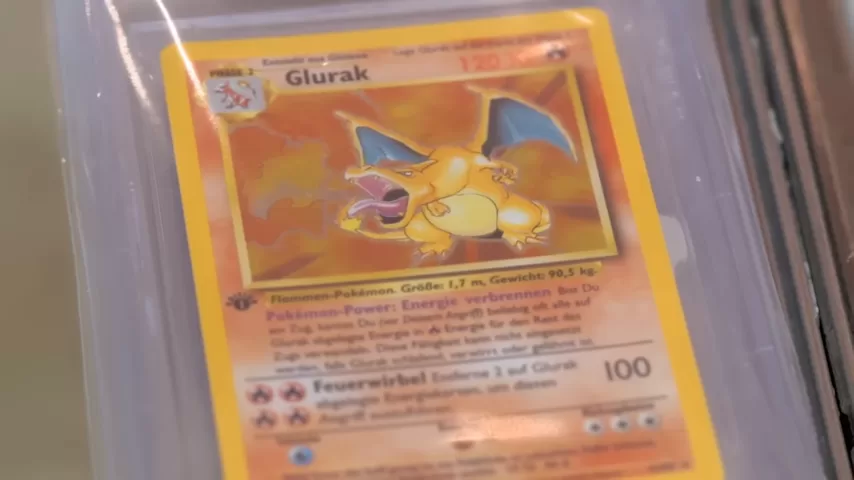
So the seller walked away with his collection intact. No deal, no disappointment. Just a realization that Pokémon isn’t just a kids’ game anymore—it’s a serious investment category.
Why Are Charizard Cards Worth So Much?
It’s part nostalgia, part rarity, and part speculative frenzy. Pokémon, launched in the 1990s, has experienced multiple waves of popularity, culminating in global phenomenons like Pokémon GO and massive YouTube unboxings by influencers like Logan Paul.
The most desirable cards—especially those from the first edition Base Set—have become modern artifacts. Add in a perfect grade and a character like Charizard? That’s like owning a rookie Mickey Mantle card in mint condition.
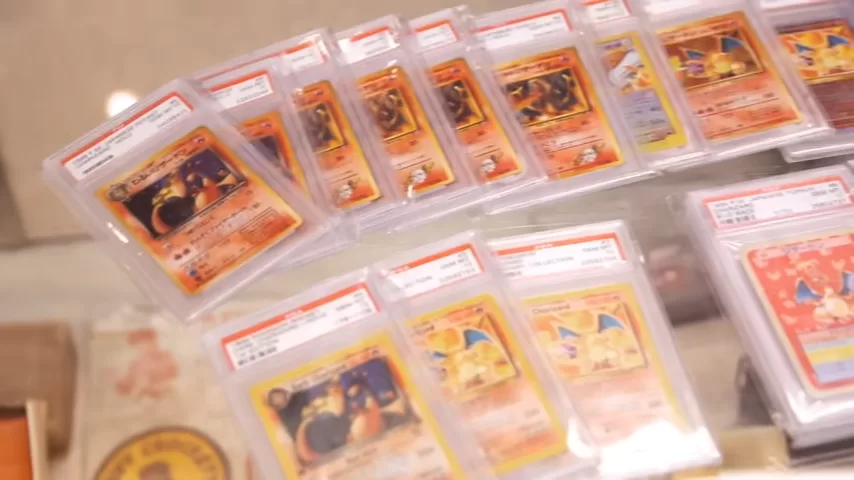
“People will pay $100,000 for a Charizard,” the expert explained, “especially in today’s market where pop culture collectibles are exploding.”
The Grading Game: PSA vs. BGS
Two of the biggest names in trading card grading are PSA (Professional Sports Authenticator) and BGS (Beckett Grading Services). PSA is more widely used, but BGS is notoriously stricter, especially with their Pristine 10 grade—which requires near-flawless corners, centering, surface, and edges.
In this case, many of the cards were BGS 10s—making them even rarer and more valuable than comparable PSA cards.
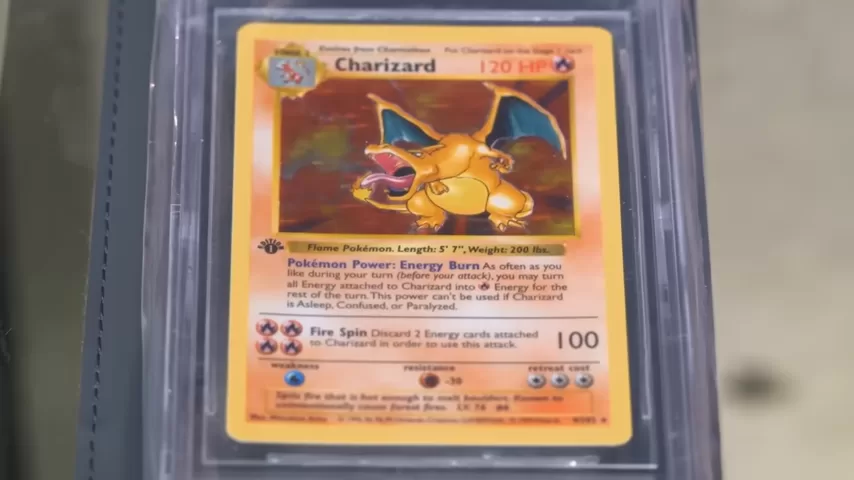
“It’s not just about the card—it’s the condition,” the expert emphasized.
Pokémon: Investment or Obsession?
For many, Pokémon collecting is a passion. But increasingly, it’s also become an investment strategy. Rare cards have outpaced gold, stocks, and even real estate in year-over-year return over the last five years.
Some investors buy cards, vault them with third-party companies, and sell them like art portfolios. Others simply love the thrill of the hunt.
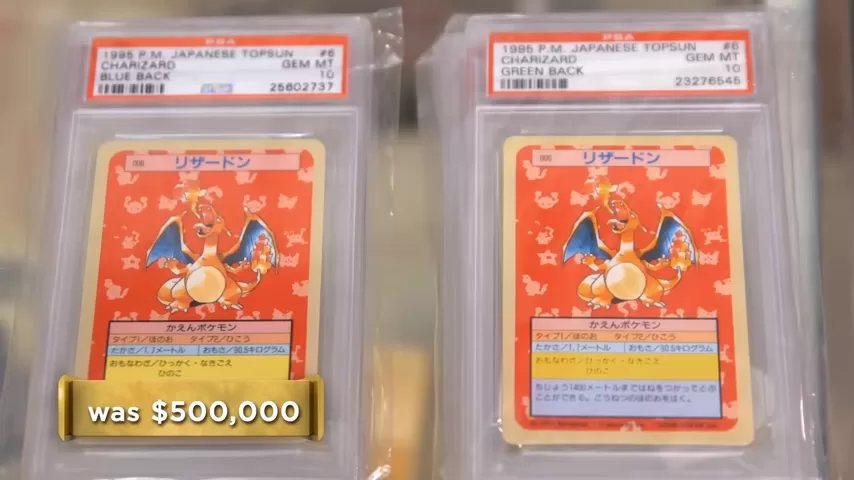
But whatever the reason, one thing is clear: Pokémon is no longer just for kids.
Final Thoughts: Gotta Grade ’Em All
What began as a simple card game has become a global economic force. For collectors like the man in the pawn shop, it’s about more than just shiny cardboard—it’s about memories, market savvy, and the magic of pop culture.
So next time you see someone flipping through a binder of “Pokey Man” cards, take a closer look. One of them might just be worth more than your car.
Or your house.
